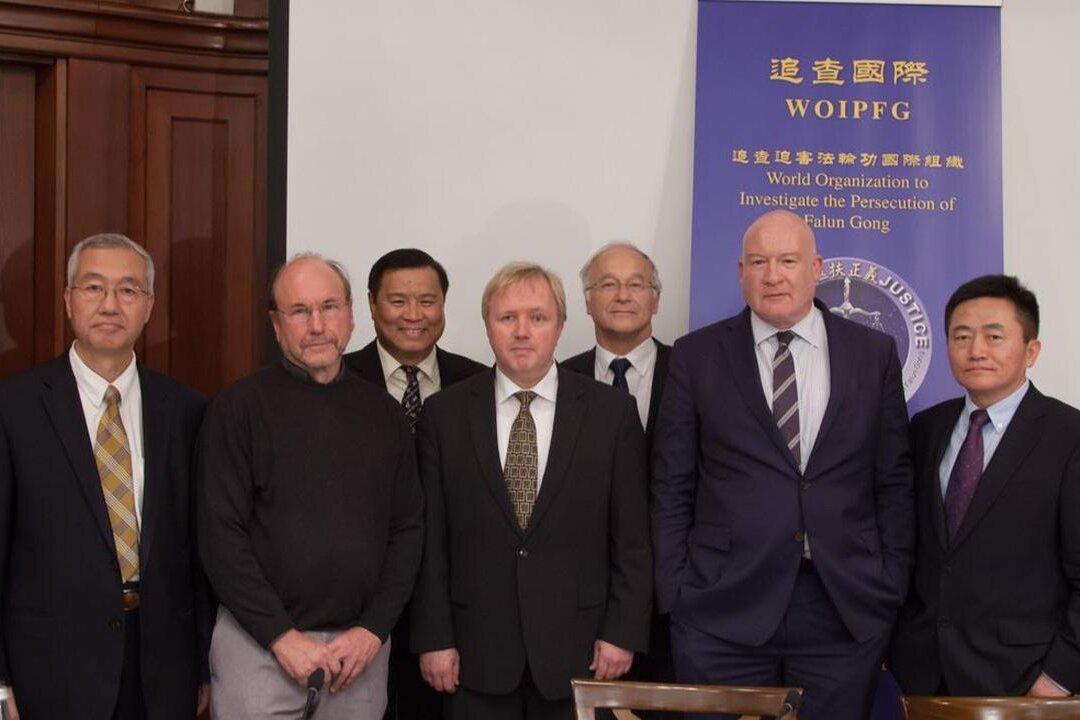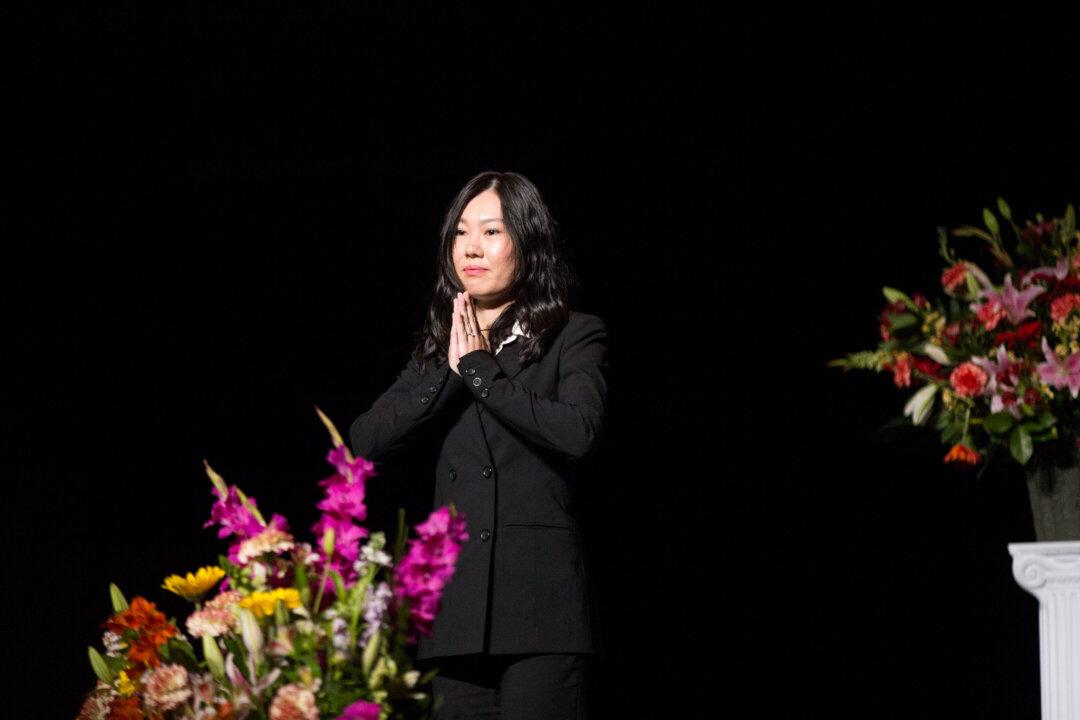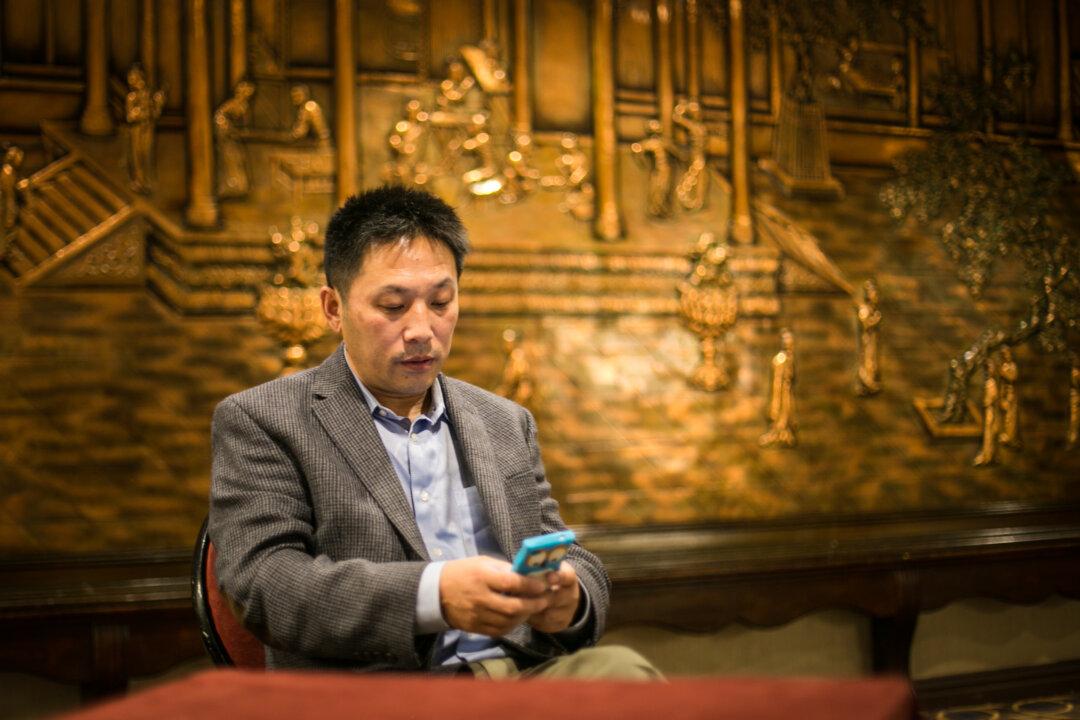The role of chief librarian at a university would hardly seem a post from which to become a multimillionaire—but Xiao Yuan, who was head of the library at the Guangzhou Academy of Fine Arts until 2006, managed to pull it off. To the tune of about $5.4 million.
Xiao stole more than 140 paintings by grandmasters in a gallery under his watch and replaced them with fakes he painted himself, he admitted in court on Tuesday, July 21.
The crimes took place for two years, up until 2006. Xiao would substitute famous works including landscapes and calligraphies in a gallery within the library of the Guangzhou Academy of Fine Arts.
Despite Xiao Yuan's remarkable ability to forge art, he had forgotten to remove the seal identifying the pieces as belonging to the Guangzhou Academy of Fine Arts.




